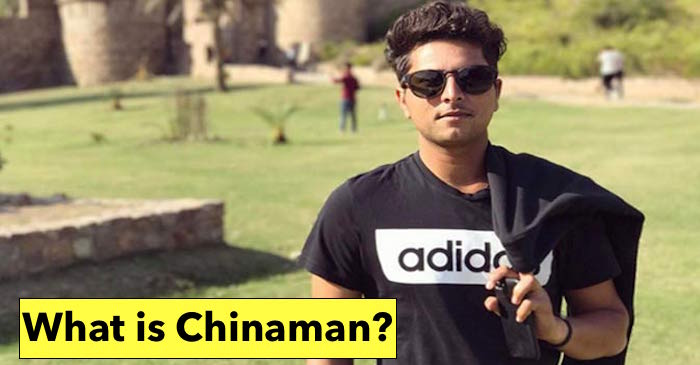Kuldeep Yadav is the first Chinaman bowler to play for India’s men team. He made the headlines after his heroics in the ICC under-19 World Cup 2014 where he picked up a hat-trick and represented his zonal team, Central Zone before making his debut for his state side (U.P.).
Well, Indian women’s team has already had a chinaman bowler in Priti Dimri, who has played 26 matches for India from 2006-2010.
What is Chinaman?
In layman’s term it’s basically left-arm leg-spin – the same as right-arm leg-spin. While a leg spinner turns the ball away from the right-hander, a chinaman bowler brings it back into him, which can sometimes make life difficult. As a right-handed batsman, your natural instinct is to expect the ball to turn away from you . It’s also called left-arm unorthodox spin.
This a rare type and is actually considered to be more dangerous because of the sharp turn it generates into a right hander or away from the left hander.
Origin of term ‘Chinaman’
The term is traditionally believed to have originated with the former West Indian spinner Ellis Achong.
Back in 1933, England hosted West Indies in a Test match at Old Trafford. Achong, who is said to be a left-arm orthodox spinner or slow left-arm as it is popularly said bowled an unexpected delivery from his wrist which got a sharp turn after pitching outside off and got the English batsman Walter Robins stumped.
Achong was the first Test cricketer of Chinese origin and it is believed that a perplexed and angry Robins commented while walking towards the pavilion – “Fancy being done by a bloody Chinaman.”
From then, left-arm wrist spinners have been referred to as chinaman bowlers.
Very few chinaman bowlers have played at international level but some who come quickly in mind are Paul Adams of South Africa and Michael Bevan, Brad Hogg, Simon Katich from Australia.

